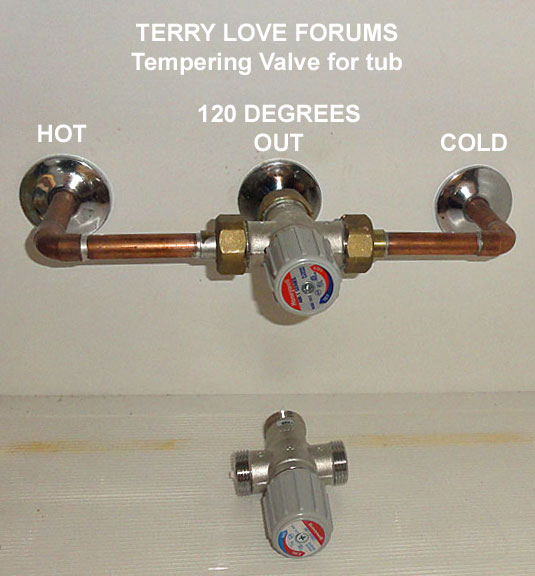Keith Bellairs
New Member
Is there any downside to taking the cold water mixing valve out? The code seems to require tanks to run at 140 and then a cold water mixing valve to take the supplied water down to a safe 120. Apparently this is to prevent storage tanks from growing legionella.
For a tankless heater that does not store water exposed to air, this does not seem to make sense. In addition it requires wasting energy. I hate to pay to heat water and then mix cold water into it. Just saying.
Finally, I live with hard water. If the tankless is run at 120 and not mixed down it should not get scale on it as fast as if it is run at 140.
The contractor who installed our heater did it to code. We have an adjustable mixing valve. But even when it is set to provide max temp it drops the outlet by 20 degrees.
The code in our state does explicitly require the mixing valve on tankless water heaters. Anyone know why?
For a tankless heater that does not store water exposed to air, this does not seem to make sense. In addition it requires wasting energy. I hate to pay to heat water and then mix cold water into it. Just saying.
Finally, I live with hard water. If the tankless is run at 120 and not mixed down it should not get scale on it as fast as if it is run at 140.
The contractor who installed our heater did it to code. We have an adjustable mixing valve. But even when it is set to provide max temp it drops the outlet by 20 degrees.
The code in our state does explicitly require the mixing valve on tankless water heaters. Anyone know why?


